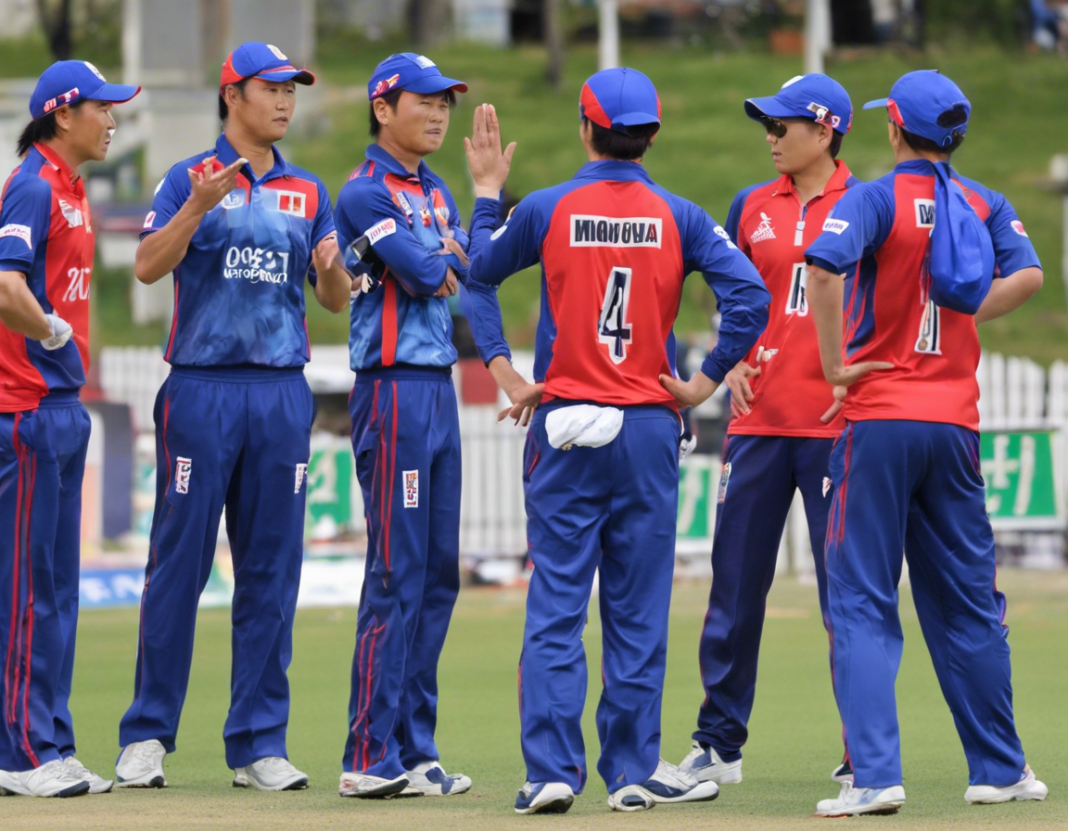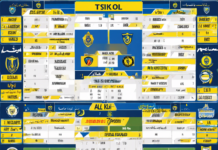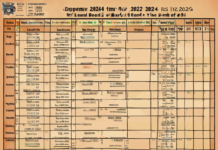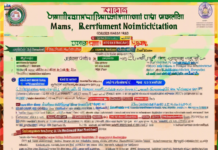Introduction
Cricket, a sport traditionally associated with countries like England, Australia, and India, has been making inroads into new territories. Japan and Mongolia, two nations not traditionally known for their cricketing prowess, have been slowly but steadily making strides in the world of cricket. In this article, we will delve into the statistics of the cricket teams of Japan and Mongolia, comparing their performances, players, and achievements.
History and Overview
Japan and Mongolia may not be the first countries that come to mind when you think of cricket, but both nations have been developing their cricketing infrastructure over the past few years. Japan Cricket Association was founded in 1984, and since then, cricket has been steadily growing in popularity in the country. Mongolia, on the other hand, is a more recent entrant into the world of cricket, with the Mongolia Cricket Association being formed in 2007.
Team Performance and Rankings
When it comes to team performances and rankings, Japan has had more exposure and success compared to Mongolia. The Japan national cricket team has been participating in various tournaments and leagues, both regionally and internationally. They have competed in events like the ICC East Asia-Pacific tournaments and have been making efforts to strengthen their domestic cricket structure.
Mongolia, being a newer entrant into the cricketing world, is still in the developmental stages. The Mongolia national cricket team has been participating in regional tournaments and has been striving to build a strong foundation for the sport in the country. With time and efforts, Mongolia aims to rise through the ranks and make a mark on the international cricket scene.
Key Players
Both Japan and Mongolia have been nurturing talented players who have the potential to make a significant impact in the cricketing world. In Japan, players like Makoto Taniyama, Munir Ahmed, and Naotsune Miyaji have emerged as key figures in the national team. These players have shown skill, talent, and determination in their performances, contributing to Japan’s growing reputation in cricket.
On the other hand, Mongolia has seen players like Amarsanaa Kumaa, Bolt and Delgersaikhan Batzorig showcase their cricketing abilities on the field. These players are the upcoming stars of Mongolian cricket and hold the key to the country’s success in the sport in the future.
Tournament Records
Both Japan and Mongolia have participated in various tournaments, showcasing their skills and competing against teams from around the world. Japan has had a relatively longer history in cricket and has competed in events like the ICC World Cricket League and the East Asia Cup. Their performances in these tournaments have been a testament to the growth of cricket in the country.
Mongolia, although newer to the cricketing scene, has also been actively participating in tournaments like the ACC Eastern Region T20, where they have faced teams from countries like China, Thailand, and South Korea. These tournaments have provided valuable experience to the Mongolian players and have helped in honing their skills.
Comparative Analysis
When we compare the cricket team statistics of Japan and Mongolia, it is evident that Japan has a more established cricketing infrastructure and a longer history in the sport. Japan has been able to build a strong national team with experienced players and a competitive edge. On the other hand, Mongolia is still in the developmental stages, but the country has shown promise and potential in its cricketing endeavors.
In terms of rankings and performances, Japan currently holds a higher position compared to Mongolia in various international rankings. Japan’s regular participation in tournaments and leagues has helped them gain exposure and experience, which reflects in their performances on the field.
Future Prospects
While Japan currently has a more established cricketing setup, Mongolia is catching up fast. The future prospects for both countries look promising, with Japan aiming to consolidate their position in the international cricketing arena and Mongolia looking to make its mark and establish a strong cricketing culture in the country.
As both nations continue to invest in cricket infrastructure, player development, and grassroots programs, we can expect to see a rise in the standard of cricket in Japan and Mongolia. With the right support, coaching, and opportunities, both countries have the potential to become competitive forces in the world of cricket.
Frequently Asked Questions (FAQs)
- Are cricket facilities easily accessible in Japan and Mongolia?
-
In Japan, cricket facilities are more accessible compared to Mongolia, given the longer history of the sport in the country. Mongolia is still developing its infrastructure for cricket.
-
Do Japan and Mongolia have domestic cricket leagues?
-
Japan has a more established domestic cricket structure with leagues like the Japan Cricket League, while Mongolia is working towards building a strong domestic cricket setup.
-
Which international tournaments have Japan participated in?
-
Japan has competed in tournaments like the ICC World Cricket League and the East Asia Cup, gaining valuable exposure and experience.
-
How is talent scouting carried out in Japan and Mongolia for cricket?
-
Both countries have talent identification programs in place, with scouts looking for promising players in schools, clubs, and regional competitions.
-
What are some of the challenges faced by cricket in Japan and Mongolia?
- Challenges include limited awareness and popularity of the sport, lack of funding and resources, and the need for more cricketing infrastructure.
In conclusion, Japan and Mongolia may be unconventional cricketing nations, but their passion for the sport and efforts to grow cricket within their borders are commendable. With continued support, investment, and dedication, both countries have the potential to shine on the global stage and contribute to the diversity and growth of cricket worldwide.






